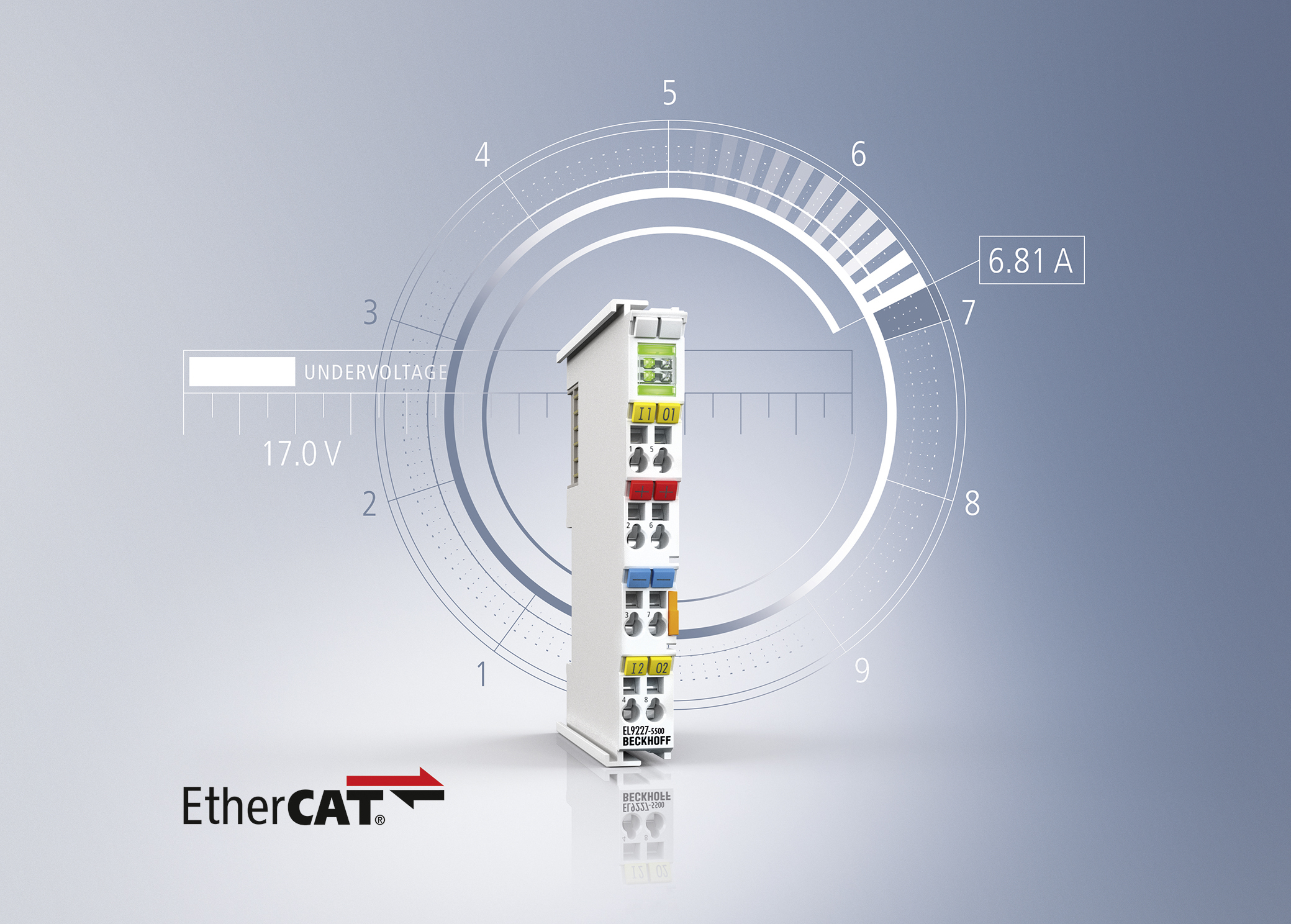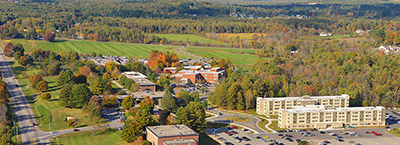Machines are designed to fulfill a purpose. That purpose is usually to solve a specific problem. In broad terms, machines convert input energy into motion to perform a task or produce a product. Machines are inanimate, even though they often exhibit motion through the use of mechanisms. Machinery is primarily about doing work, doing it faster and with greater output than a human being can do by themselves. That is the main reason humans build machines.
In an agrarian economy tilling the soil or grinding grain for food require huge physical effort. If an animal like a horse or ox can be made to provide the power, then people can concentrate their effort on other things. A millstone with a long wood shaft attached can provide the mechanical leverage connecting an animal to produce grain ready for baking. A large cultivator with a harness will allow an animal to plow ground as fast as a man can walk. These are huge improvements in the history of work.
Man’s successes in machine making bred more intricate machines. In the 1500’s the industrial revolution began by using water wheels for power combined with complex mechanisms to make socks and cloth cheaply and in large quantity. Flowing water was converted to mechanical power through a water wheel, gears, a power takeoff shaft and pulleys. All of which components we still find with us today.
Manufacturing technology has accomplished some amazing things. We can perform work for about 5 cent per horsepower because of the incredible efficiency of our utility system. We can buy soft drinks produced to very high standards of purity for pennies per serving. US water treatment plants produce drinking water for 4 to 6 cents per gallon delivered to your tap. Incredible deals that we take for granted.
If engineering is about solving problems, how are we doing on the big ones? Providing food and shelter to all the people who are in need is an incredibly complex problem. One made worse by human politics.
Is it possible for men and women around the world to share the goal of providing water, or food, or shelter, or electricity to people who have none? Can we leverage technology to help?
The Internet allows us to communicate in writing, audibly and through video. We can ‘live chat’ with anyone, anywhere that has service. Instead of crowdsourcing and crowdfunding people’s ideas for profit, as GE and Local Motors are doing, why couldn’t we address some of mankind’s real needs.
I think technology and compassion can be combined to create stability and safety for people who are otherwise at risk.
Filed Under: Mechatronic Tips



